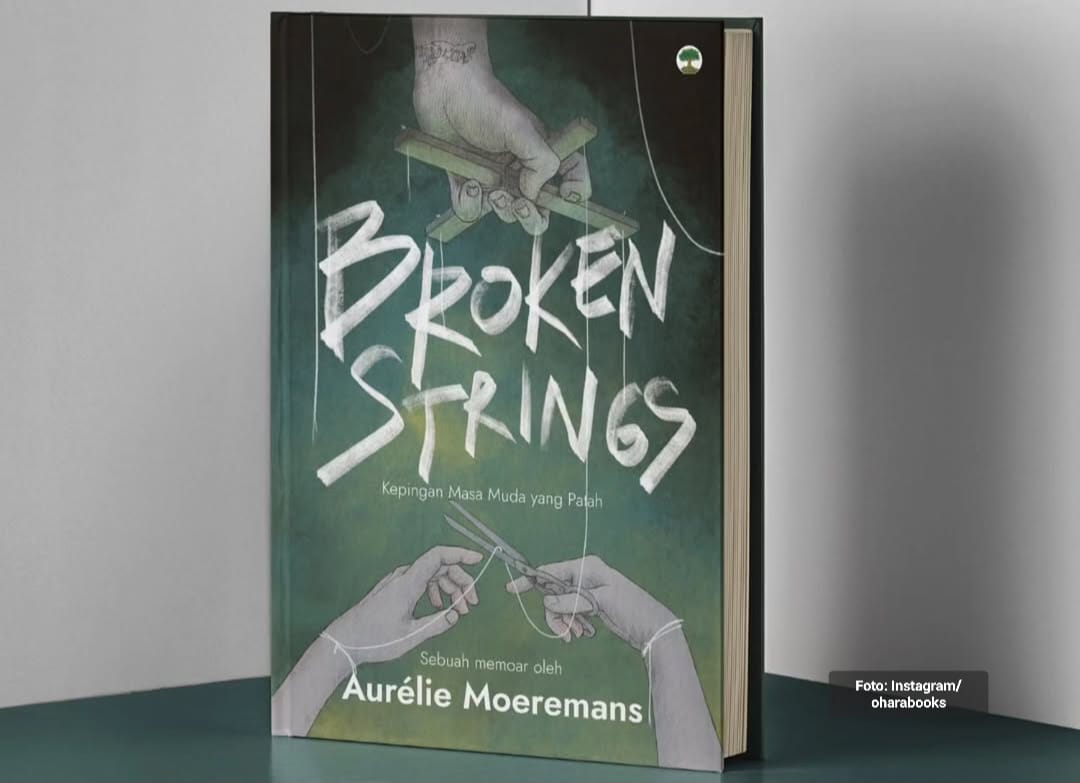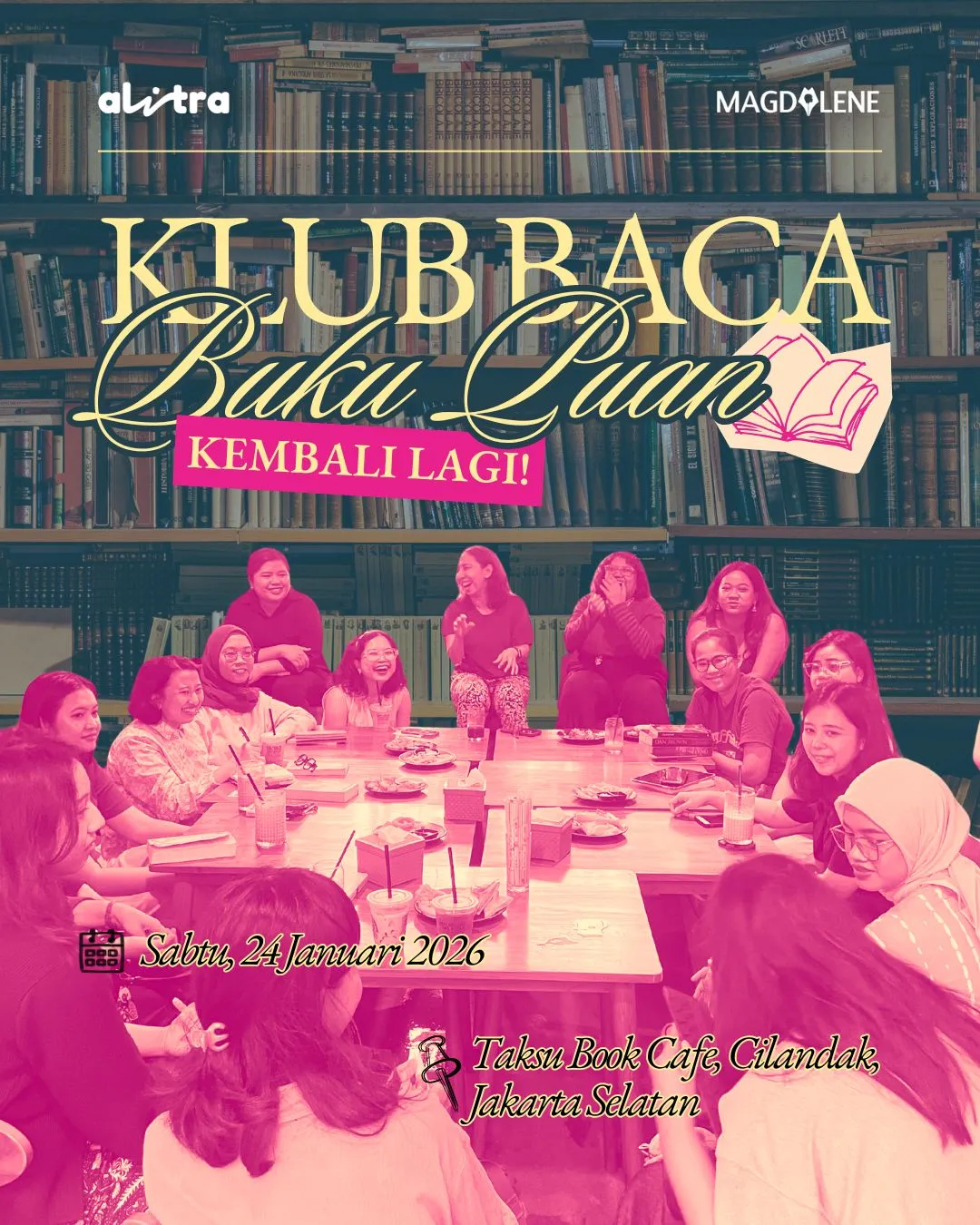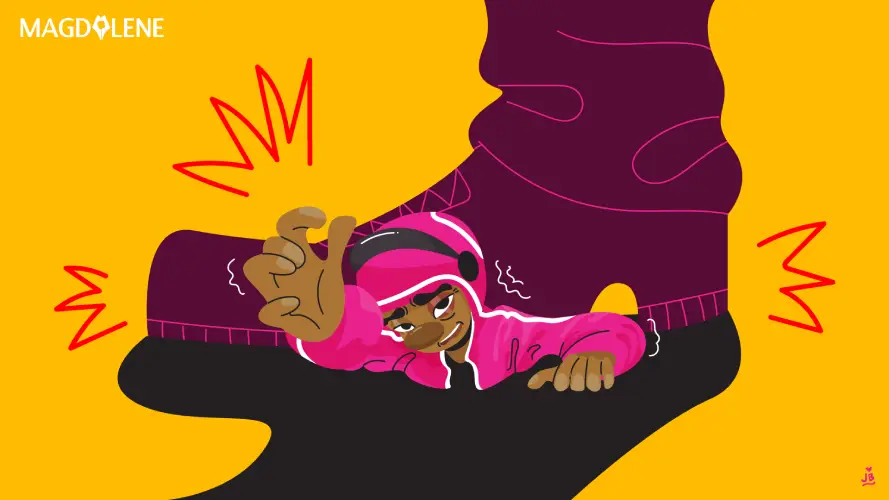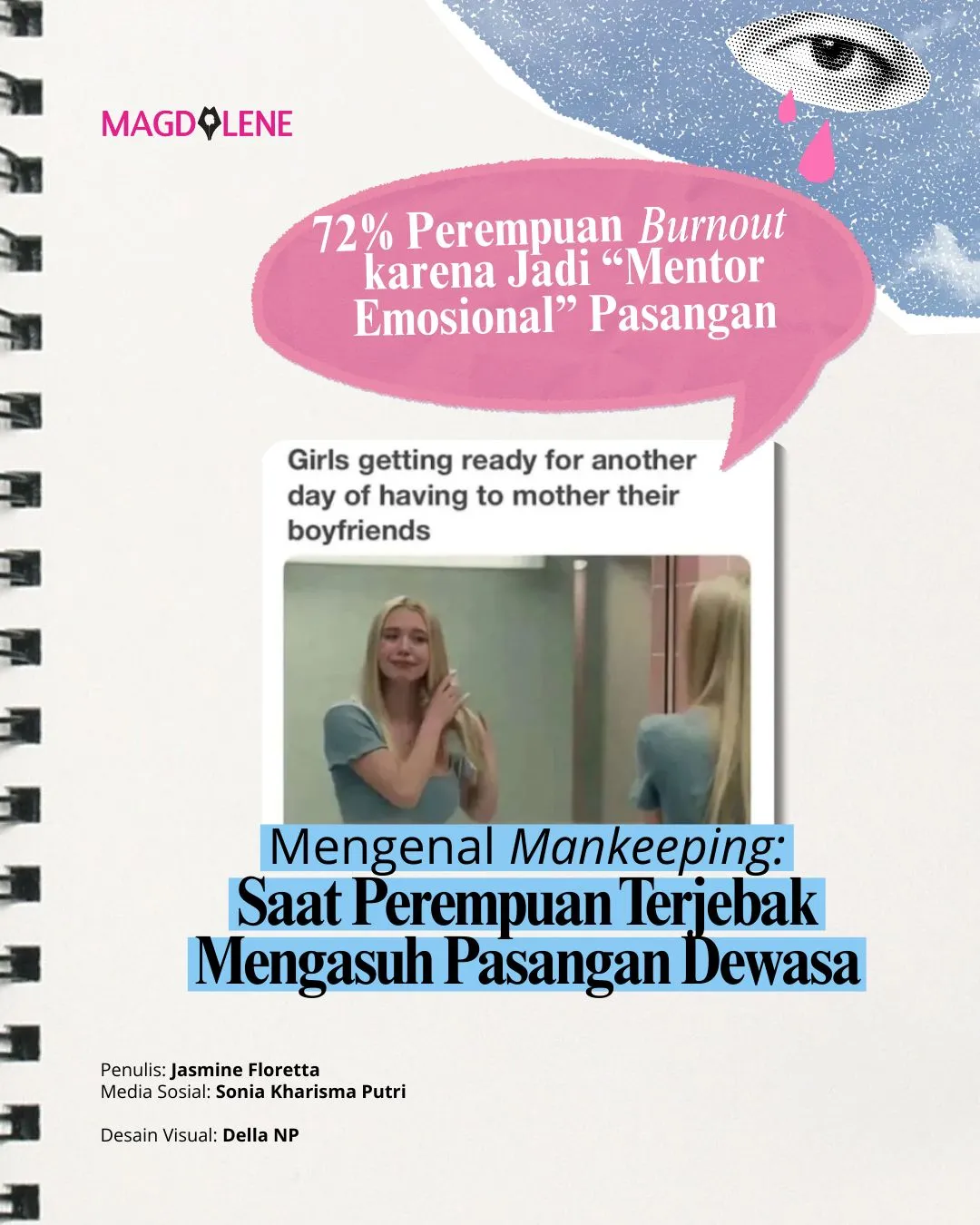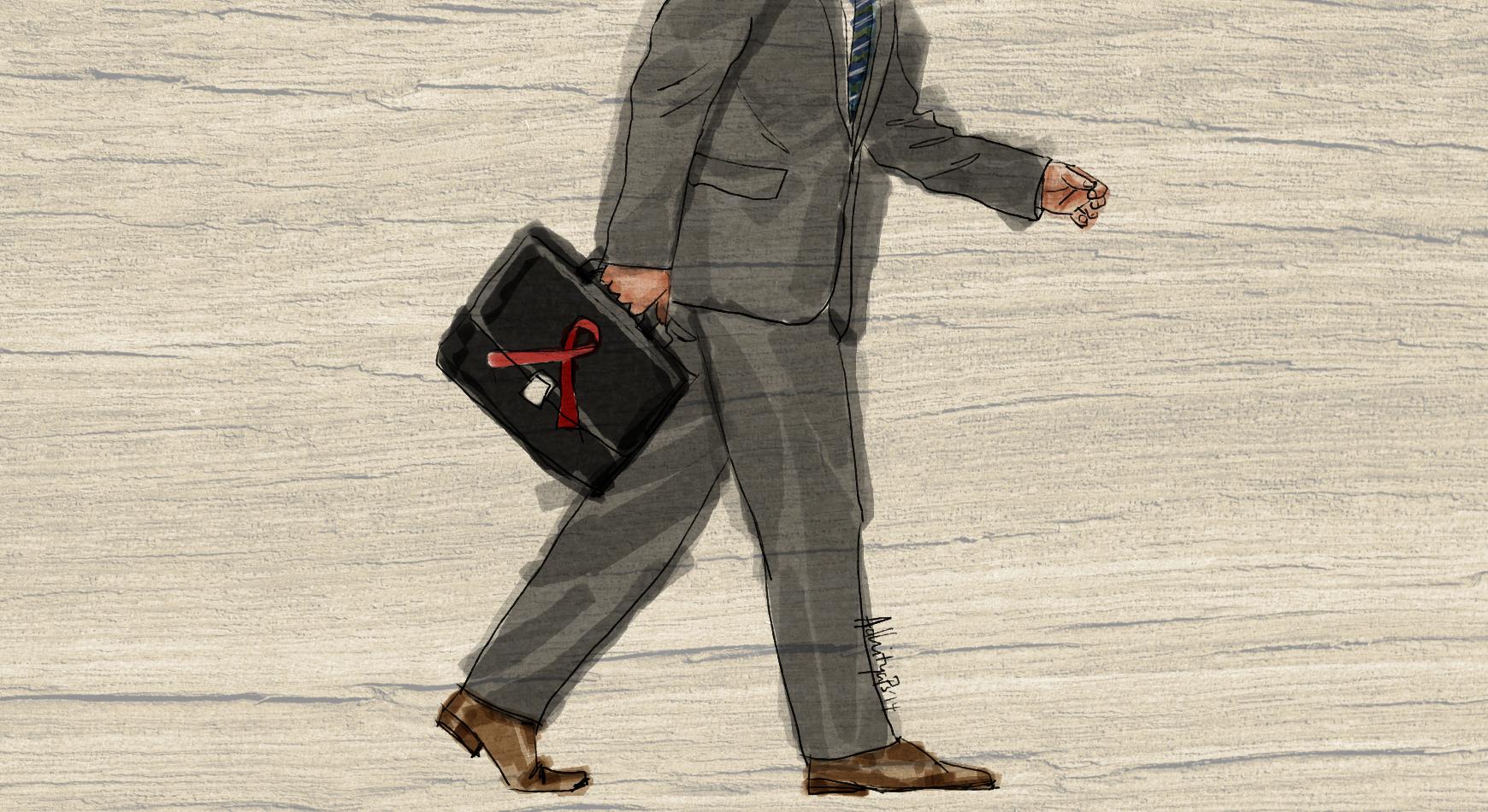Toilet Graffiti: Secrets, Support, and Solidarity in Women’s Restroom

Communicating has never been so easy; we can to send messages and texts to friends and strangers in an instant from a variety of platforms. You would think this would affect the world of bathroom scrawling, but people are still driven to those grubby walls to document their exploits, spill their secrets and carry on covert conversations. The art of toilet graffiti or latrinalia is certainly not dead.
While using the toilet is a private activity, writing in stalls is a social act. It’s a unique form of silent conversation intended for same-sex audiences. As such, the words and pictures on bathroom walls can provide a unique window into the differences in communication patterns between the sexes. And, as I found out through my ongoing exploratory study, graffiti can tell us just how important toilet walls can be as supportive spaces for women.
Given the sex-segregated nature of restrooms, most studies highlight the differences in latrinalia in men’s and ladies’ rooms. It is suggested that men’s bathroom have more graffiti portraying sexual acts and sexual organs, homosexuality, politics, and insults. Not only are they allegedly more aggressive, competitive, and negative, they tended to be less tolerant of opposing views.
On the other hand, women’s restroom graffiti is said to contain fewer writings on sex or sexual acts, with more themes of personal relationship, religion and philosophy. They are more positive, more supportive, cooperative and open towards opposing points of view. They are also more conversational, with thoughtful replies to posts and requests for advice.
That women use the restroom walls to create a space for solidarity and community has been noted by researchers. This makes sense when we consider that women “socialize” in toilets even just to ask each other’s opinion about hair or makeup.
Also read: Sex, Gender and Toilets
Safe secrets in the ladies’
I collected photos of toilet stall graffiti over seven months from a men’s and a women’s restroom at a Scottish university. The toilets are located in the students’ computing center. What I found was partly confirmed in previous studies. The women outwrote the men; their graffiti was generally relationship-oriented and supportive.
There was a dearth of graffiti in the men’s toilet except for a few taggings. I counted more than 120 inscriptions in the ladies’ toilet and less than five in the men’s. In the men’s they were declarative sentences or directives, which did not invite conversation. One stall did contain an interactive piece that asked visitors to “rate your shit”. It was responded to with a myriad of insults, expletives and a sense of competitiveness about their feces. This is why I decided to focus on the women’s restroom.
Of the five stalls in the women’s toilet, graffiti was initially concentrated in the one closest to the door. The two most popular conversations were about “coming out” and depression/stress:
.jpg)
.jpg)
There were other replies to the “coming out” post:
Is there somehow we could meet and talk to you. I’ve the same problem
♡ I’m out to like 3 people in my fam. I’m here for this group
Same … don’t know how “to do it”
The perfect time wouldn’t come on its own. You have to make the moment perfect.
The second most common theme was that of advice giving or asking about depression and stress:
.jpg)
Other posts in the women’s stall concern weight loss, favorite songs, feelings about the university, politics and instructions on bodily functions.
Also read: Coming Out as LGBTQ Supporter in Indonesia
Sacred space in the stalls
An unexpected finding that has not been discussed in previous studies is just how sacred these spaces can be for women. When the graffiti wall was painted over at the start of the term, there was a backlash from the women.
.jpg)
After several defiant posts about “losing” their wall, the women quickly “reconstructed” it with a barrage of posts such as “viva la wall” and “can’t wait for this to be filled up again”. Weeks later, when they ran out of writing space, a “wall of support volume 2” was erected in another stall in the same toilet, this time the one farthest from the entrance.
.jpg)
Wall of support.
Quickly, this “wall of support vol 2” filled up with encouraging and motivational inscriptions such as “wishing everyone love and support throughout uni”, “hang in there”, and “I’m honored to say I’ve shared a toilet with you lovely ladies”.
While other studies have suggested that women use toilet graffiti to build solidarity, this exploratory study provides evidence of how this social space is constructed.
This safe space does not seem to easily reveal itself but unfolds over time as people engage with it. Indeed, if universities are to be more responsive to the unexpressed needs of their students that might be socially unpopular they might want to check the loo for secrets. Then again, this might threaten the safety and sacredness the space offers.
Toilet graffiti merits academic study as a form of hybrid communication – intimate, solitary and yet social; defiant in its vandalism and yet sacred to those who engage in it.
This article was first published on The Conversation, a global media resource that provides cutting edge ideas and people who know what they are talking about.



